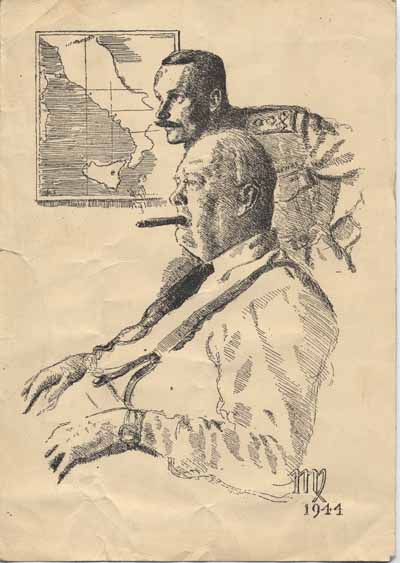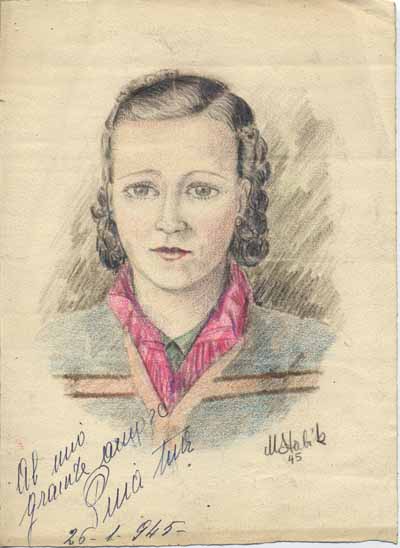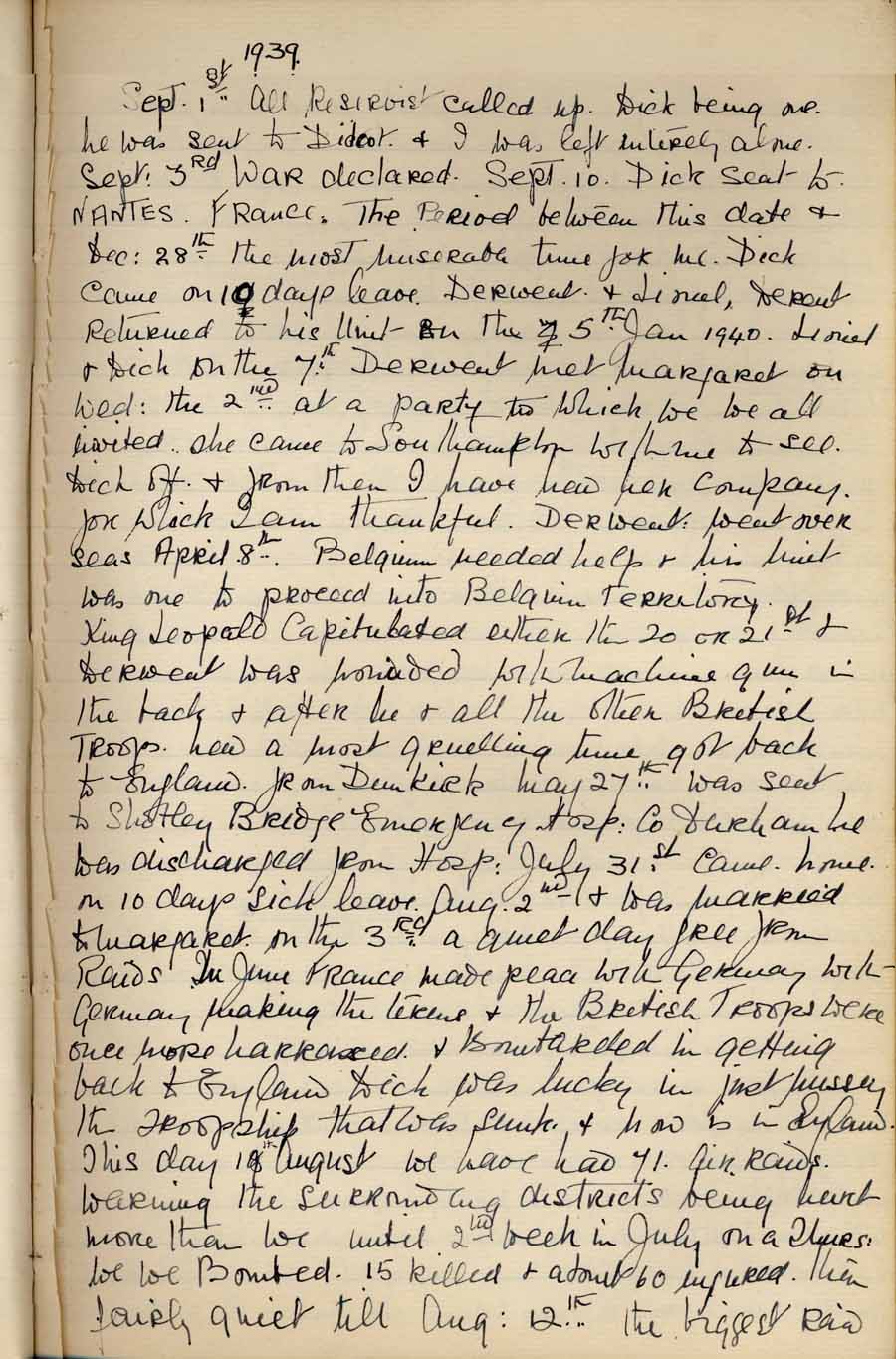Once again, not the actual machine. As with the A7, my memories are very vague. I seem to recall that I bought it from someone in Gosport (a small coastal town in Hampshire, England, still known as ‘Turktown’ because of the burial of Turkish sailors in the 1850’s). Sadly it was not a success as I found I could not get more than 40 mph out of it!
As I understand it, Greeves established themselves by producing a 3 wheeled invalid carriage, powered by a 147cc Villiers engine, which became the standard issue in a government disability benefit scheme driven by the large number of disabled ex-servicemen after WW2. Greeves’ interest in this arose because Derry Preston-Cobb, a relative of Bert Greeves (the proprietor) was disabled. I remember, as a Boy Scout, doing my Second Class Hike, tramping down a local lane and singing loudly “When the red revolution comes” (this went to the tune of ‘Glory, Glory, Hallelujah’ and included such lines as: “We’ll make Sir Winston Churchill smoke a woodbine every day” ). We came upon two aged gents in Invacars, at least one of whom was stuck in the mud. They were mightily impressed as we pushed them out – and it probably helped our Scouting careers as we recorded this in our log.
When Villiers ceased production of the 150cc engine, it was replaced by 400 and 500cc units from Puch (I think) giving this ridiculously ungainly thing a top whack of 82 mph, it is rumoured. The vehicles were outlawed in 2003 and were doomed to be crushed by the vicious government of the time.
I’m not sure where the link to off-road motorcycles came from, but their name was made by the successes of the likes of Dave Bickers helped by Brian Stonebridge, formerly of BSA.
The key features of the bike were the leading link forks and the aluminium beam from the steering head to the engine. While the ‘beam’ may have been presented as improving the precision of the steering, I can’t help but wonder if it wasn’t also a good bit cheaper than fabricating a full cradle in steel tube. The original forks used the rubber-in-torsion suspension from the ‘Invacars’ which were self-damping and must have been a fraction of the cost of telescopics. The forks were certainly effective and I was deeply impressed with the complete absence of dive and the deeply finned alloy brake drums which came from the scrambler. I used to think that the use of alloy castings was a quality feature, but I have since learned that it is cheaper in small production runs to produce castings than to use pressings. Again, I have no recollection of how I disposed of it.
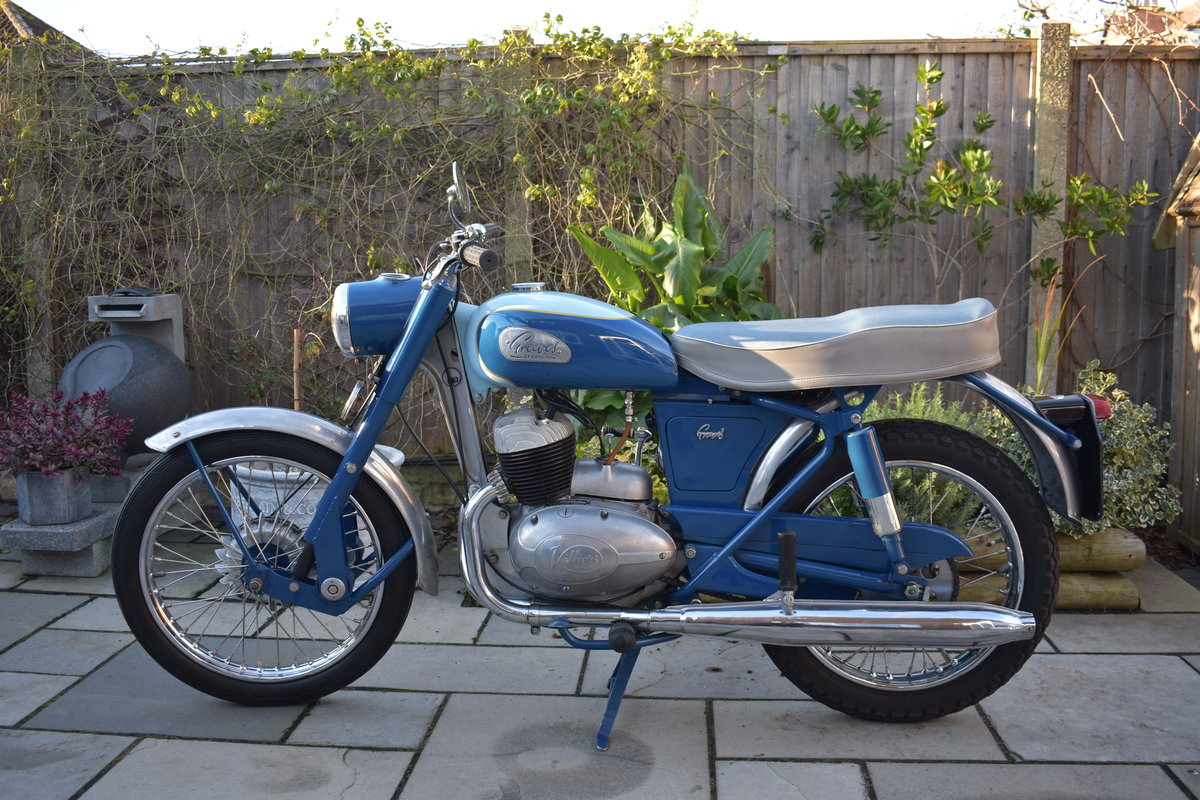
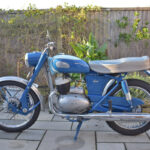
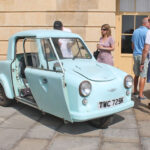
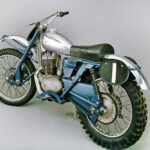
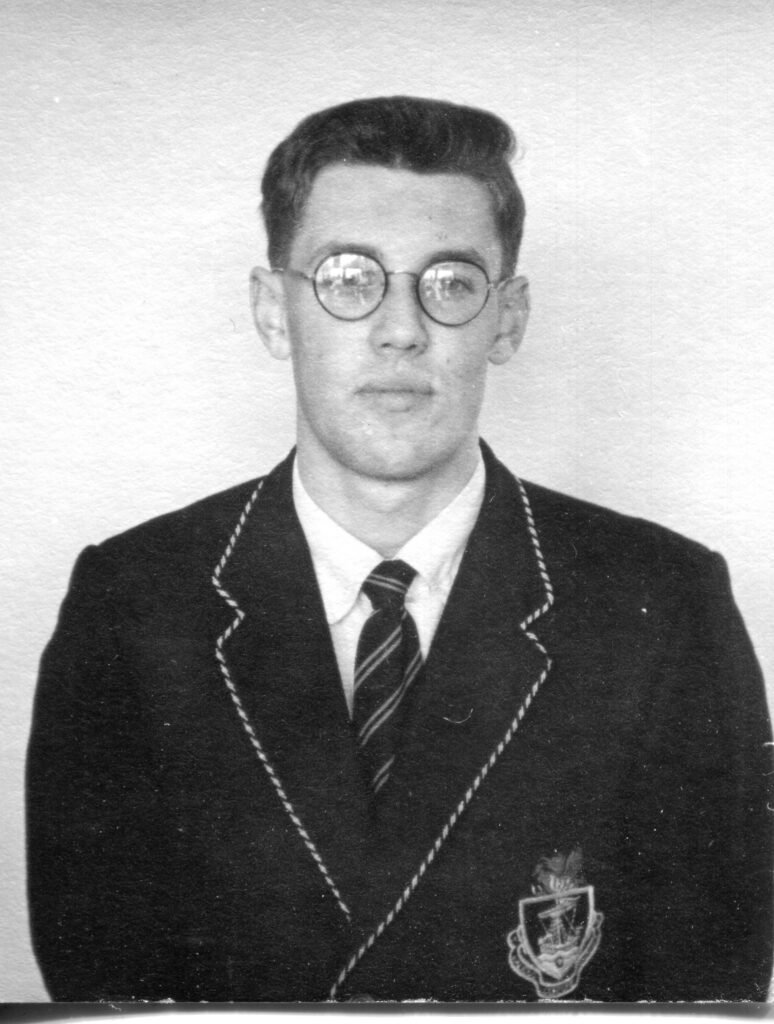
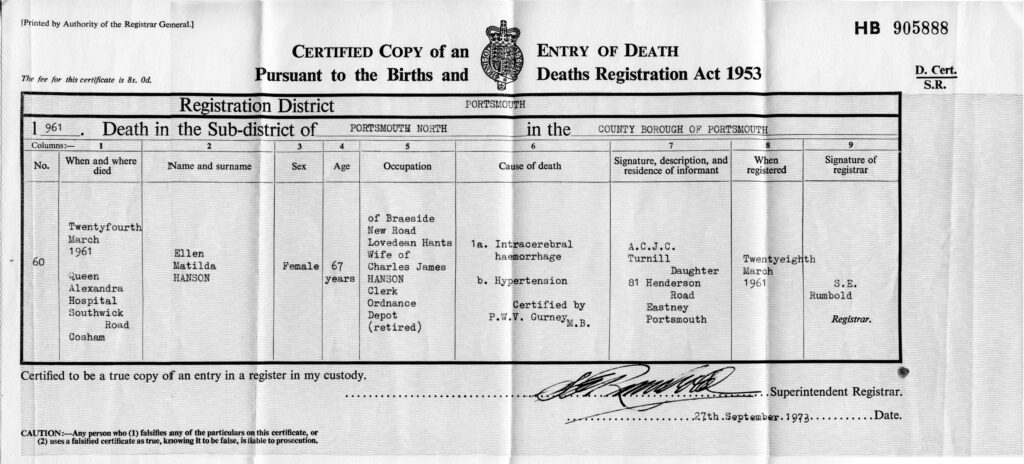
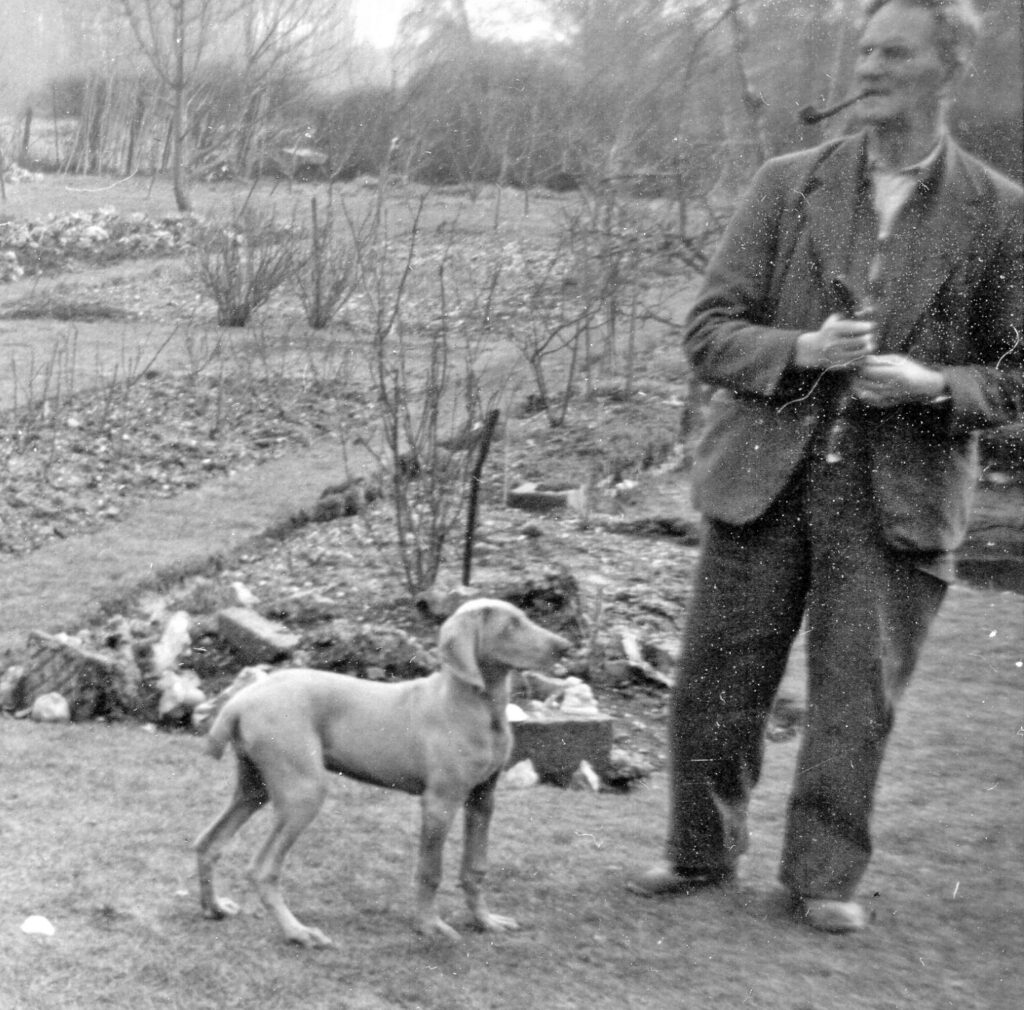
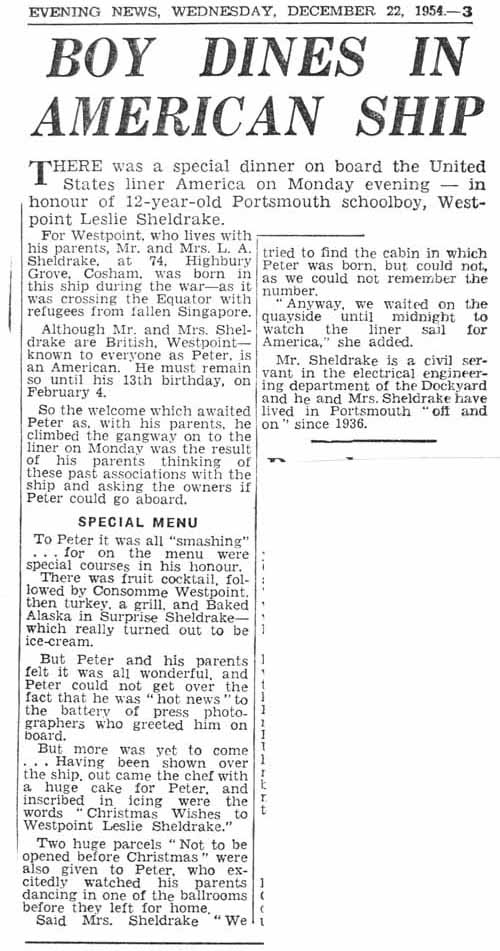
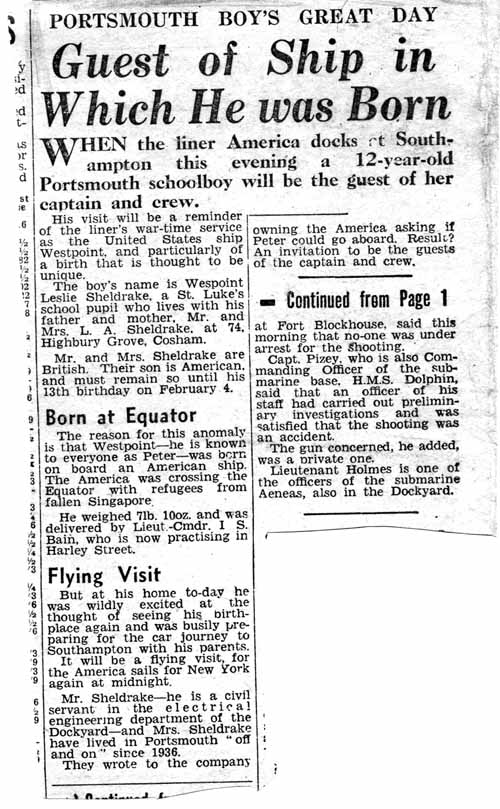
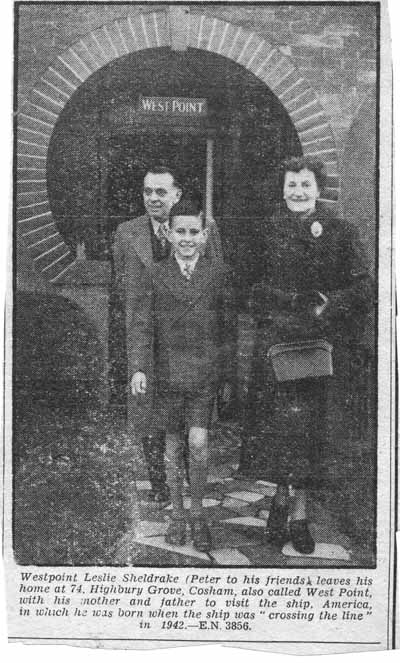

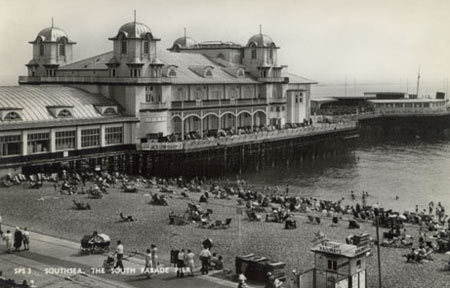
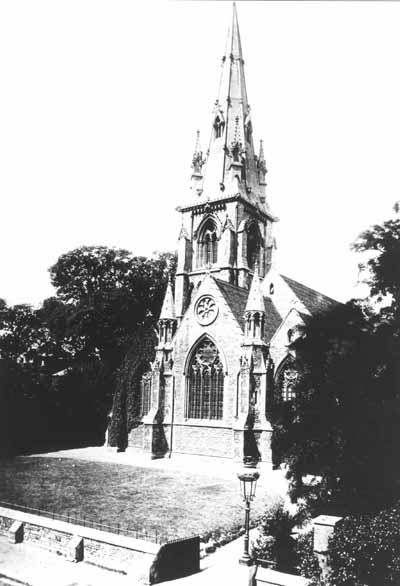
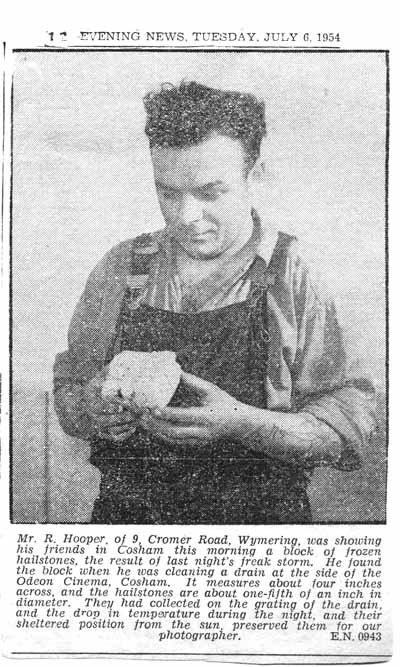
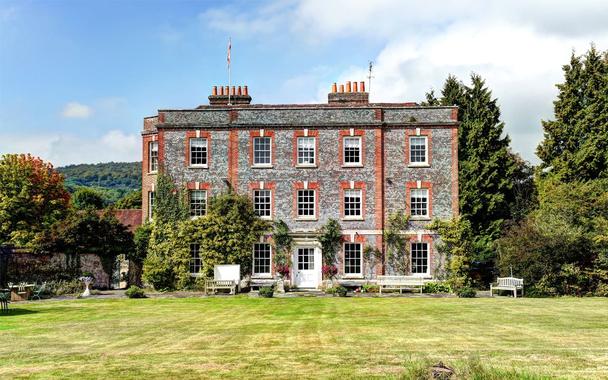
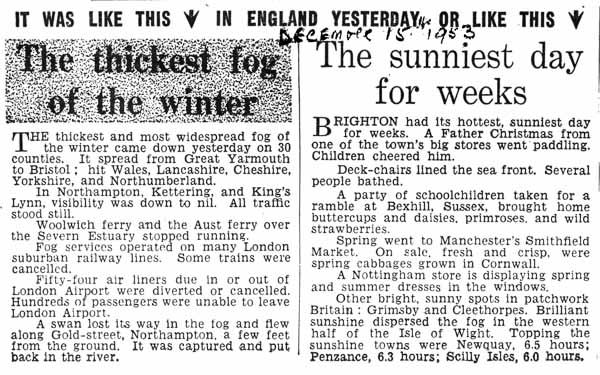

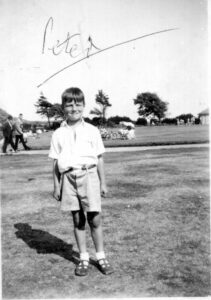 Peter Robert Turnill, third and youngest son of Joan, b 1/5/1947, m 19/10/1971
Peter Robert Turnill, third and youngest son of Joan, b 1/5/1947, m 19/10/1971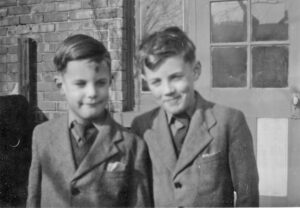
 Little more than a shed! The picture shows it in 1982 shortly before we demolished it. The house to the left was built by Joan and occupies half the plot they bought in 1952. They had about 2/3 of an acre of ground.
Little more than a shed! The picture shows it in 1982 shortly before we demolished it. The house to the left was built by Joan and occupies half the plot they bought in 1952. They had about 2/3 of an acre of ground.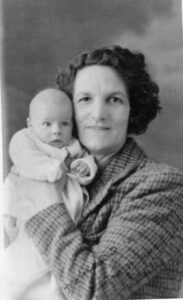 Margaret Ianthe ? ? Hanson, first child of Derwent & Margaret, b ??/??/1942, m ????? d ??/??/2008? Ellen holds Ianthe – taken 1/3/43
Margaret Ianthe ? ? Hanson, first child of Derwent & Margaret, b ??/??/1942, m ????? d ??/??/2008? Ellen holds Ianthe – taken 1/3/43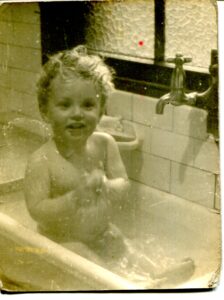 Richard Brian Turnill, first child of Joan & Victor, b 23/10/1942, d 12/1/1961. Douglas must have got lost somewhere.
Richard Brian Turnill, first child of Joan & Victor, b 23/10/1942, d 12/1/1961. Douglas must have got lost somewhere.
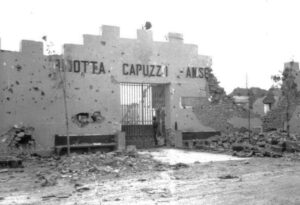 They certainly did …
They certainly did …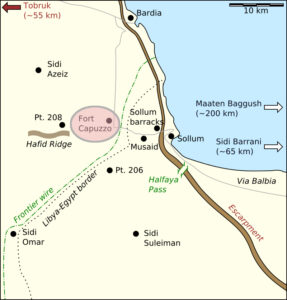
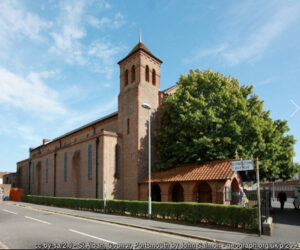
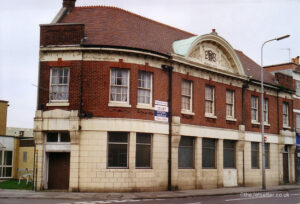

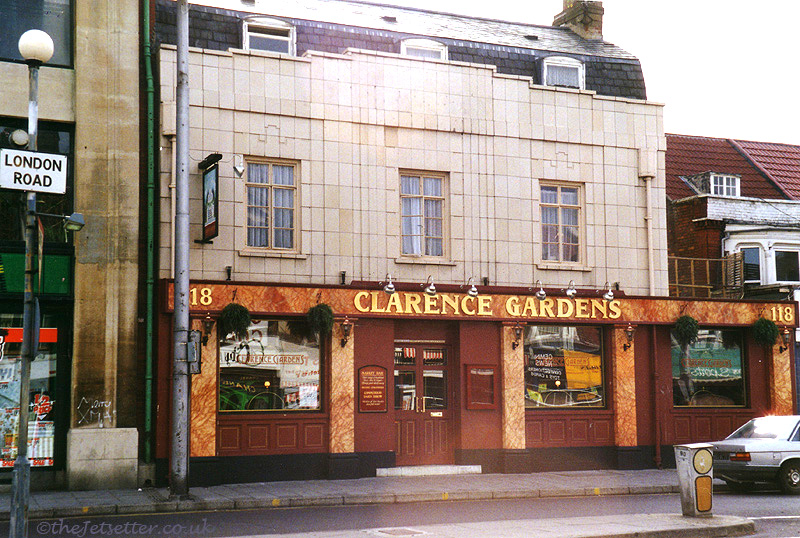
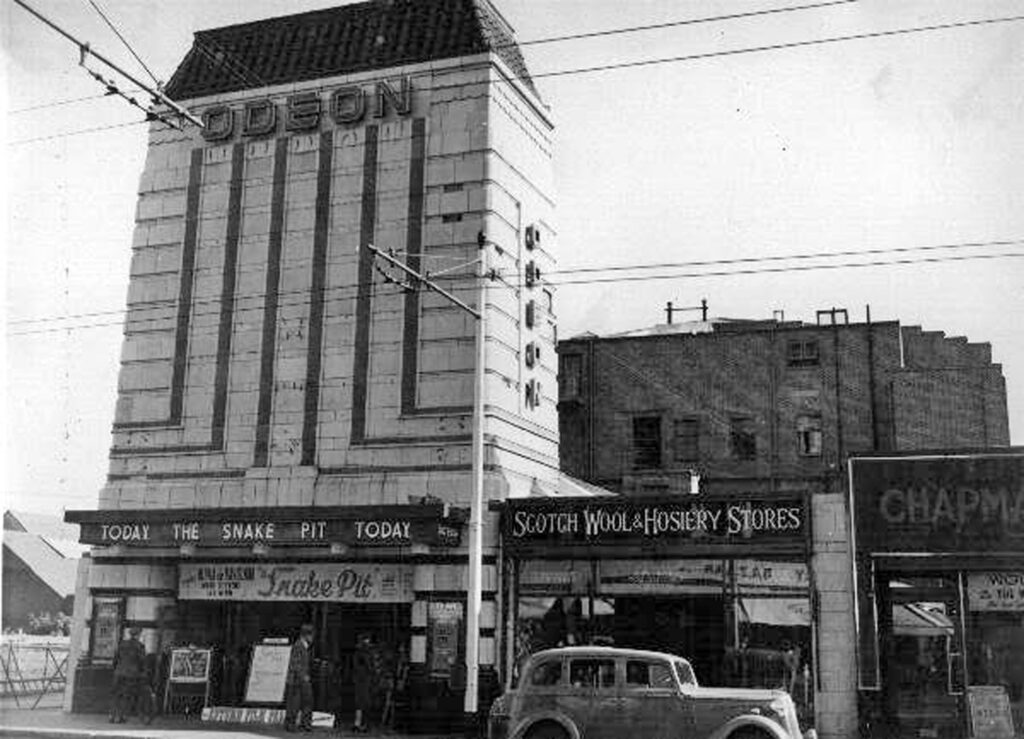

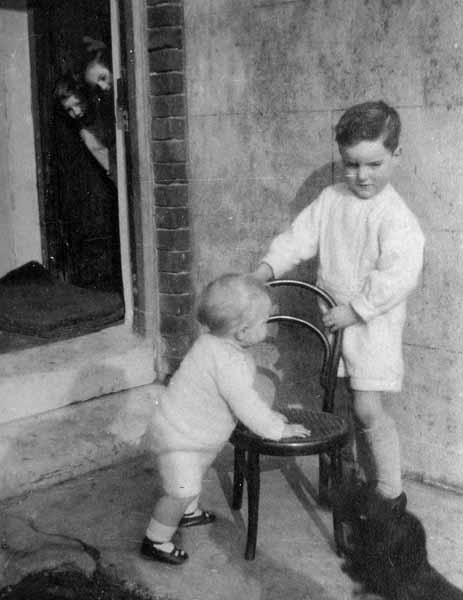 Derwent George Cooper Hanson was their 3rd child, born 8/9/1918, and thus just 21 at the start of the war. Died ??/??/??
Derwent George Cooper Hanson was their 3rd child, born 8/9/1918, and thus just 21 at the start of the war. Died ??/??/??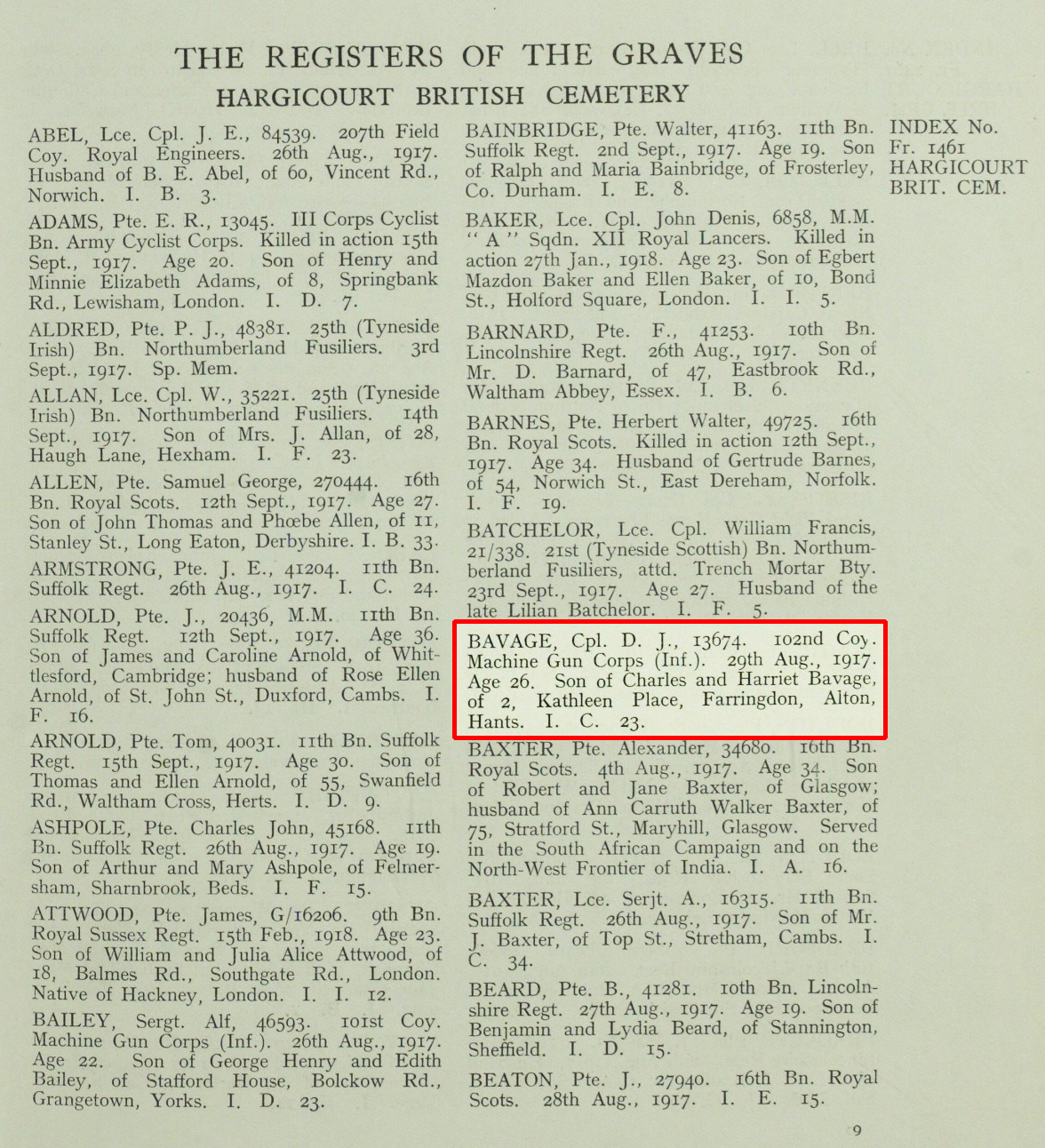
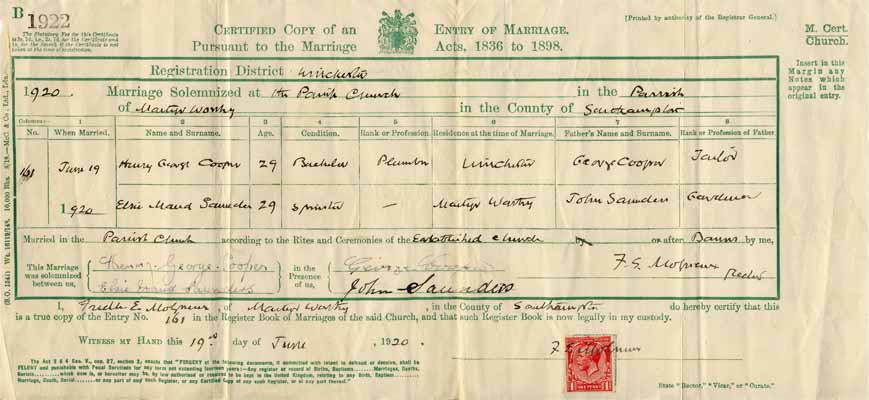
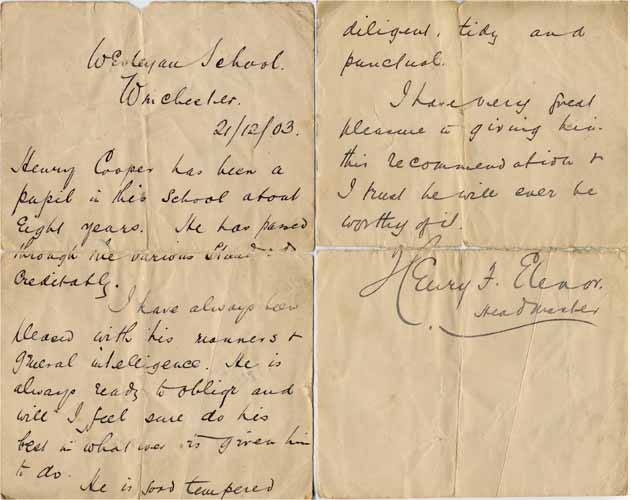
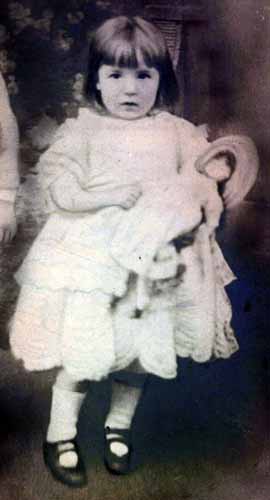
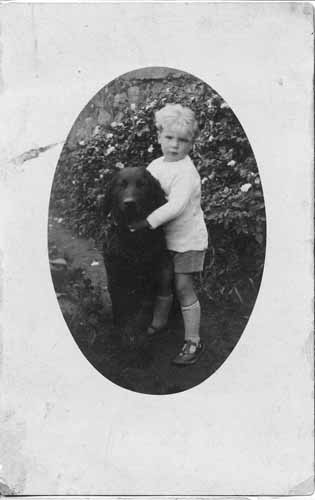
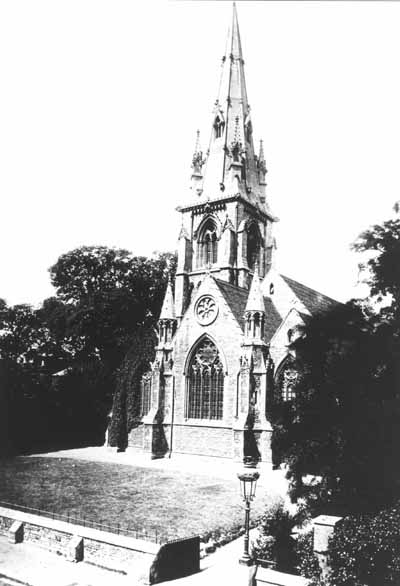
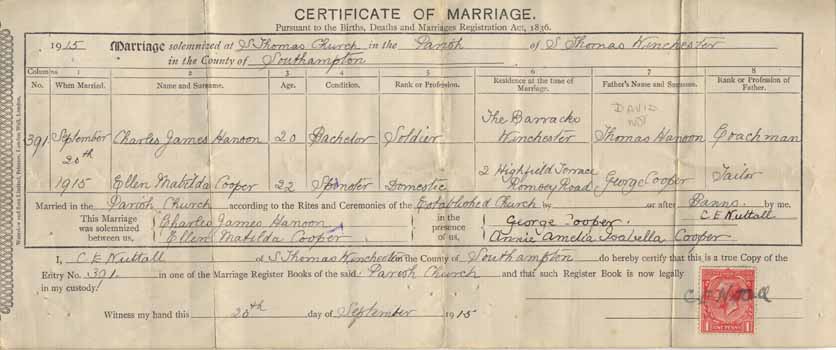
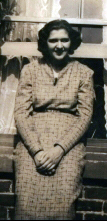 Margaret Williams, born ??????,
Margaret Williams, born ??????,